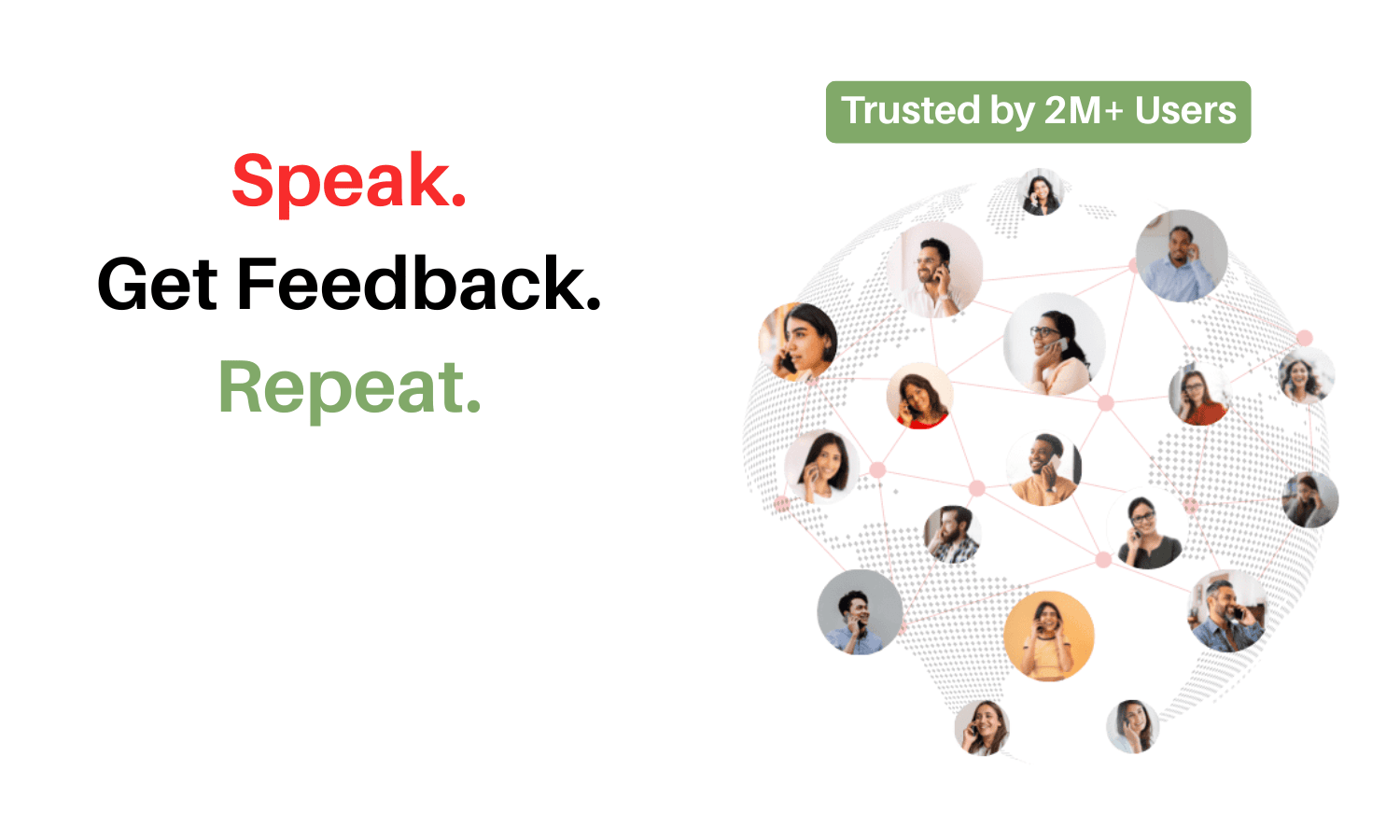Introducing yourself in the IELTS Speaking exam is an important first step. It sets the tone for your interaction with the examiner and reflects your level of English proficiency. Whether you’re at an A2 (Elementary) level or a C1 (Advanced) level, here’s a guide on how to structure and improve your self-introduction according to your language skills.
1. A2 Level: Elementary
At this level, your vocabulary is basic, and your sentences are simple. The goal is to communicate clearly using everyday language.
Sample Introduction
“Hello! My name is Priya. I am 22 years old. I live in Mumbai, India. I am a student, and I study biology. In my free time, I like reading books and listening to music.”
Tips for A2 Level:
- Focus on short, clear sentences.
- Use common vocabulary to talk about yourself, such as your name, age, job, hobbies, and where you live.
- Practice pronouncing basic words correctly.
2. B1 Level: Intermediate
At this stage, you can form more complex sentences and provide brief explanations.
Sample Introduction
“Hi, I’m Priya, and I’m from Mumbai, a busy city in India. I’m 22 years old and currently studying biology at university. In my free time, I enjoy reading novels and listening to classical music because it helps me relax. I also like spending time with my friends on weekends.”
Tips for B1 Level:
- Add details to your sentences, such as why you like certain hobbies.
- Use connectors like “and,” “because,” and “also” to link ideas.
- Be prepared to answer follow-up questions, such as “Why do you enjoy reading?”
3. B2 Level: Upper-Intermediate
Here, your language is more fluent, and you can express your thoughts clearly. You can use a wider range of vocabulary and discuss abstract ideas.
Sample Introduction
“Good morning! My name is Priya, and I’m 22 years old. I come from Mumbai, a vibrant city in western India. I’m currently pursuing a degree in biology at university, and I hope to specialize in environmental sciences in the future. When I’m not studying, I enjoy reading fiction, especially thrillers, and exploring new music genres. I believe hobbies like these keep me inspired and balanced.”
Tips for B2 Level:
- Include ambitions or future plans to add depth to your introduction.
- Use descriptive adjectives (“vibrant,” “inspiring”) to make your answers more engaging.
- Show fluency by speaking without long pauses or hesitations.
4. C1 Level: Advanced
At this level, your introduction should reflect fluency, confidence, and flexibility in using the language. Your sentences should be well-structured and natural.
Sample Introduction
“Hello, I’m Priya. I’m 22 years old and from Mumbai, a bustling metropolis in India known for its diverse culture. I’m in my final year of studying biology at university, with a keen interest in environmental conservation. In my leisure time, I immerse myself in books, particularly psychological thrillers, as I find them intellectually stimulating. I’m also passionate about music and enjoy exploring diverse genres that challenge my perspective. I’m here today to improve my speaking skills and learn how to express myself more eloquently.”
Tips for C1 Level:
- Use advanced vocabulary (“bustling metropolis,” “intellectually stimulating”).
- Add sophistication by using phrases like “keen interest in” or “passionate about.”
- Structure your sentences to flow naturally with varied sentence lengths.
Key Takeaways for All Levels
- Speak Clearly: Regardless of your level, focus on clarity and proper pronunciation.
- Be Natural: Avoid memorizing responses word-for-word; instead, practice speaking naturally about yourself.
- Stay Calm: The introduction is your chance to warm up. Don’t worry about minor mistakes; focus on building confidence.
Practice Questions to Prepare
- What is your full name?
- Where are you from?
- What do you do?
- What are your hobbies?
- Why are you taking the IELTS exam?
By practicing these responses at your level, you’ll be ready to start the IELTS Speaking exam with confidence, whether you’re at A2, B1, B2, or C1.
Final Tip: Aim to improve your level step by step. If you’re at A2, work on adding details to your answers. If you’re at B2, focus on refining your fluency and vocabulary. Each step brings you closer to mastering the IELTS Speaking test!
With Fixolang, you can practice real-time IELTS speaking scenarios, receive instant AI feedback on fluency, vocabulary, grammar, and pronunciation, and track your progress effortlessly. Whether you’re at A2, B1, B2, or even aiming for C1, Fixolang provides personalized tips and exercises tailored to your level, helping you move closer to your target band score with consistent practice.


